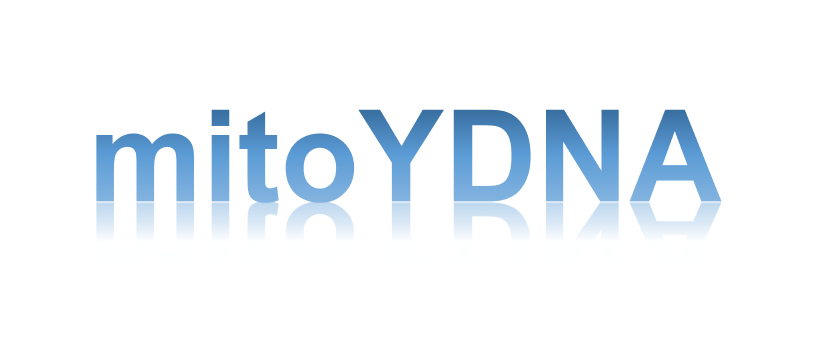BIFHSGO – DNA SIG – Two Sessions, Genetic Proof Standards and mtDNA Testing, October 3, 2020, 9:30pm-12:00pm
Mags will discuss Genetic Proof Standards. What are they or is there one? Why do we have one and who created them? Can I use a 2cM shared match to […]
